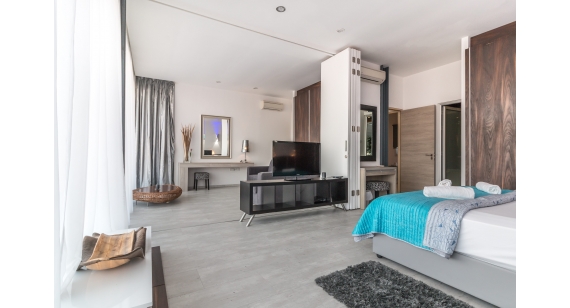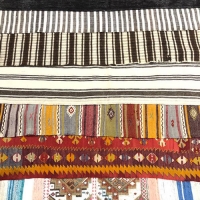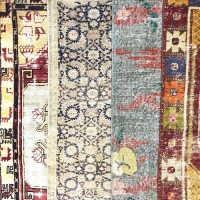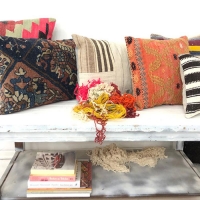
Rugs and Carpets in Traditional Weaving
Rugs and carpets have an important place in terms of traditional weaving. In terms of its place in the art of weaving and the importance of rugs, Rugs convey many emotions. All weaved and approved fabrics are accepted in the international market.
With its patterns, colors, materials and technical features in terms of regional examples, the rugs, which are the last point of aesthetics, are a wonder of visuality. Anyone who buys and uses them is very satisfied.
Rugs have become an important object in weaving . In particular, carpets and rugs with historical features appeal to an important segment. In recent years many places have been decorated with these objects.
The rugs which are woven by hand or by the machine have a commercial character. Recently, killim and carpets are not only locally, but have become world-famous. Among the rugs, which have become more and more popular, there are load rugs, upholstery and prayer rugs.
Of these, the load rug carries characteristics unique to the country and region. In addition, it is among the classes that attracted great attention such as flat weaving, cicim, bell and sumac. These examples were mostly used in the construction of fabrics such as sacks and saddles and were turned into works of art.
Certain classification of load and floor rugs can sometimes be very difficult. These are generally the nature of the regions where they are produced. Red, yellow, white, blue and green colors have been preferred in most of the traditional rugs. All colors are aesthetically animated and the most beautiful compositions are created in rugs.
However, there have been some changes in aesthetics with the introduction of chemical dyes in recent years. It is also possible to find various changes in the bordure and yelen in the rug. In this context, the narrow ribs located at the beginning and at the end of the weaving are called feet. Besides, the large plains on the sides are called yelen. Of course, there are also examples of rugs with no bordures in the weavings.



